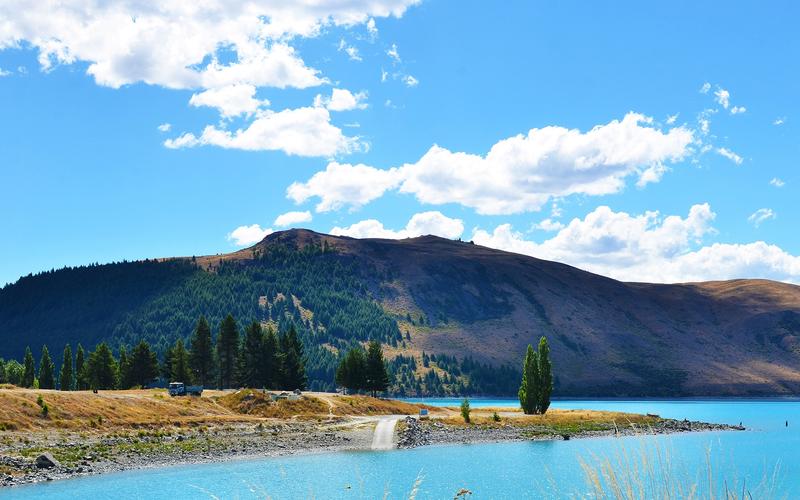The Dos and Don’ts of Backpacking in Death Valley
Backpacking is an excellent way to connect with nature and experience the outdoors, but it also comes with certain risks, especially in extreme environments like Death Valley. As one of the hottest places on earth with limited water sources, backpacking in Death Valley requires careful planning and preparation. In this article, we will outline the dos and don’ts of backpacking in Death Valley to help you have a safe and enjoyable trip.
DOs:
1. Research the area: Before hitting the trail, take the time to learn about the area’s geography, climate, and potential hazards. Death Valley is a vast and complex ecosystem that requires some familiarity to navigate safely. Study maps, consult guidebooks and ranger stations, and stay up to date on weather conditions.
2. Pack smart: When packing for Death Valley, think lightweight and breathable. Be sure to bring layers of clothing that can accommodate both the hot days and cold nights common in the area. Invest in a good-quality backpack that fits comfortably, and make room for plenty of water. The general rule of thumb is one gallon per person per day.
3. Watch your step: Death Valley is home to various hazardous plant and animal life, so be mindful of where you step. Scorpions, rattlesnakes, and venomous spiders are some of the creatures you should look out for. Also, be aware of terrain that is susceptible to rockslides or flash floods.
4. Plan your meals: Proper nutrition and meal planning are essential for any backpacking trip, but especially in a harsh environment like Death Valley. Bring lightweight and non-perishable foods that are high in protein and consider supplementing with electrolyte mixes to help replace salts lost through sweating.
DON’Ts:
1. Overestimate your abilities: Backpacking in Death Valley is not for novice hikers or those in poor physical condition. The area’s rugged and varied terrain requires a certain degree of fitness and skill. Do not attempt any hikes or activities that are beyond your abilities.
2. Underestimate the heat: Death Valley’s extreme temperatures can be lethal if you are unprepared. Do not underestimate the effects of heat exhaustion and heatstroke. Take frequent breaks, avoid midday heat, and always carry plenty of water.
3. Leave without telling someone: always let someone know your itinerary, where you are going, and when you will be back. In case of an emergency, someone should know where to search for you.
4. Rely solely on technology: While technology can be a useful tool, you should not rely solely on it to navigate Death Valley. Cell phone service is often spotty or nonexistent, so bring a map and compass and know how to use them.
In conclusion, backpacking can be a rewarding and unforgettable experience, but you must take safety seriously, especially when venturing into a place like Death Valley. Remember to do your research, pack smart, and respect the environment. By following the dos and don’ts outlined in this article, you’ll be better equipped to enjoy your backpacking trip to Death Valley.
(Note: Do you have knowledge or insights to share? Unlock new opportunities and expand your reach by joining our authors team. Click Registration to join us and share your expertise with our readers.)
